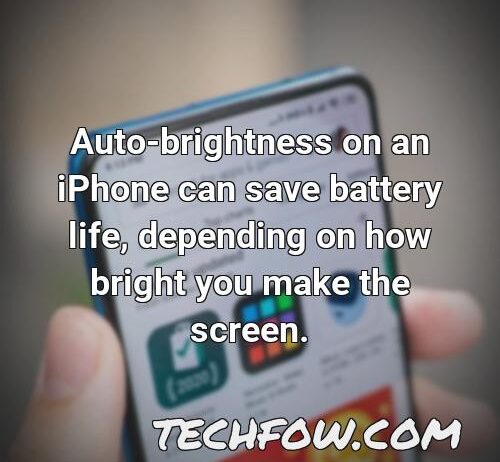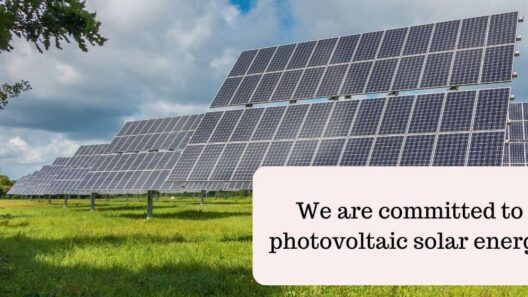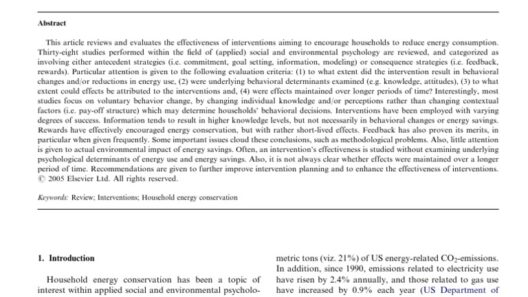In the era of technological advancement, the relationship between our devices and energy consumption has become an area of increasing scrutiny. One of the more prevalent questions arises—does lowering the brightness setting on an iPhone actually save energy? This inquiry opens up a broader discourse on energy efficiency, user habits, and environmental impact. Could it be that a simple adjustment in settings could not only enhance your device experience but also contribute positively to the planet?
To grasp the implications of brightness settings, it is vital to understand how our devices consume power. Smartphones, particularly iPhones, utilize liquid crystal display (LCD) or light-emitting diode (LED) technology. The brightness of these screens directly correlates with energy usage. When cranked up to maximum brightness, your phone’s battery drains significantly faster than at lower levels. The rationale is straightforward—the brighter the screen, the more illumination it requires, thereby increasing energy consumption.
The energy drawn by a device is measured in watts, and the display is often the most power-hungry component. Most studies indicate that screen brightness can account for a considerable portion of total energy use—some figures suggest that it can consume between 30% and 50% of battery power, depending on usage and environmental conditions. Therefore, configuring your screen to a lower brightness setting certainly appears to be a prudent strategy for energy conservation.
However, this is where the inquiry gets nuanced. Do lower brightness settings invariably lead to significant energy savings? While intuitively, they should, the degree of energy savings can vary based on several factors. Firstly, the model of the iPhone plays a crucial role. Newer models are equipped with advanced energy-efficient display technologies, such as OLED (organic light-emitting diode), where pixels individually illuminate as required. This means that while a lower brightness might save energy in older models, newer models may perform differently due to their inherent efficiency.
Moreover, environmental factors such as ambient light influence how much power your screen utilizes. For instance, using a device outdoors on a bright day might compel you to increase the brightness to read text clearly. In this scenario, despite your intent to save energy, you might inadvertently negate those efforts by demanding more from your display. Thus, adopting a flexible approach that responds to surroundings may serve better than a one-size-fits-all strategy.
Another interesting consideration is the “auto-brightness” feature, which automatically adjusts the screen brightness based on ambient lighting conditions. While this feature is purported to enhance battery longevity by optimizing brightness on the fly, it raises an engaging conundrum: Does relying on this automated setting sabotage an individual’s proactive energy-saving measures? The nuanced answer is that while auto-brightness can be helpful, your manual adjustments may still yield more control over energy conservation.
At this juncture, one might pose the question: to what extent should energy savings be pursued through screen brightness adjustments? On the one hand, advocating for lower brightness levels points towards individual accountability in the larger framework of climate change. Every watt saved at the consumer level accumulates over time, contributing to reduced carbon emissions from power plants. On the other hand, there’s the potential mental and visual strain that comes with using screens at suboptimal brightness levels, especially in darker environments. Finding the sweet spot between comfort and conservation is key.
Consider the sustainability angle of the discussion. With the exponential growth in smartphone use globally, the energy demands of these devices are not trivial. Estimates suggest that the production and operation of mobile devices could contribute significantly to electricity consumption and environmental pollution, thereby exacerbating climate-related issues. Thus, every small action counts—using your phone at a lower brightness could be one effective measure among many.
Consumers have a pivotal role in steering the demand for environmentally friendly devices. Companies are increasingly focusing on manufacturing more energy-efficient products. As a consumer, advocating for features like energy-saver options and initiating conversations about sustainability with manufacturers could foster a greener future. Thus, individual choices around settings such as brightness extend beyond personal convenience; they become a collective voice for change.
In essence, the narrative surrounding iPhone brightness settings—a seemingly innocuous aspect of device usage—intertwines with larger discussions on energy conservation and environmental stewardship. While lowering brightness does contribute to energy savings, the degree of impact is contingent upon various factors, including device type, ambient conditions, and user habits. The ultimate challenge lies not just in making individual adjustments, but in fostering a collective consciousness regarding our energy consumption patterns. Are you ready to embrace the challenge of a greener digital footprint? By simply adjusting your iPhone’s brightness, you step onto the path of energy conservation, becoming a part of the broader fight against climate change—one pixel at a time.








